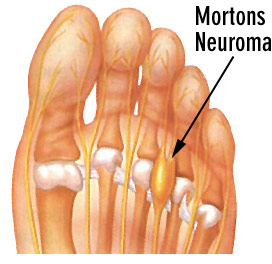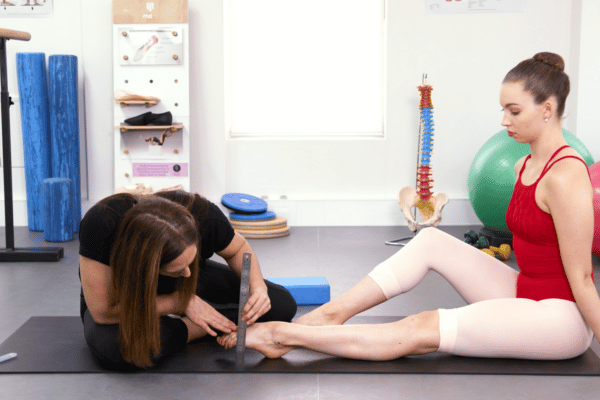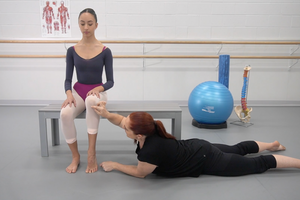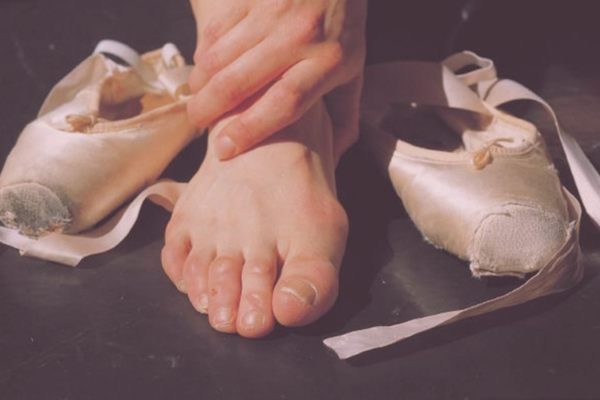What is a Mortons Neuroma?
Although the word neuroma means “Tumour of a nerve” a Mortons Neuroma is not actually a tumor.
A Mortons Neuroma is actually the thickening of a nerve in the forefoot with occasional scar tissue formation. It normally affects the nerve between the 2nd and 3rd, or 3rd and 4th long toe bones (Metatarsals) of the foot called your intermetatarsal plantar nerve. Continued pressure on the nerve can cause it to thicken and develop fibrous tissue around itself.
Common symptoms of a Mortons Neuroma consist of pain in the space between the 2nd and 3rd, or 3rd and 4th toes. Pain can also be felt radiating down to the toes. This can be accompanied by pins and needles, numbness, or a burning sensation, depending on the size of the thickened nerve and part of the nerve involved. Symptoms are usually worsened when the foot is compressed such as in a narrow fitting shoe (especially pointe shoes) or in high heels.
This is different from a Mortons Toe which is a shorter first metatarsal compared to the second. This makes the 2nd toe appear longer than the first. It can also mean more difficulty with balancing as the balance platform made by the metatarsal heads is not even. With this condition, it is common to have a callus form on the skin under the head of the 2nd metatarsal as more weight is taken on this area in walking as opposed to the first metatarsal.

If the pain is happening only when you’re pointing your foot, it may also be one of the little muscles that sit under the ball of the foot, one of the little lumbricals, or one of several other structures.
To help alleviate the pain, try putting a toe separator in between those toes just to stop the compression. Another thing you can try is having a slightly wider-fitting pointe shoe to give a little bit of space, rather than one that really compresses those toes when you are on pointe.
It is recommended to see if you can find a therapist who specialises in working with dancers if at all possible, to make sure that you get a correct diagnosis and a good rehabilitation plan so that you can get back to dancing as soon as possible.
Foot Injury Resources
If you are looking to delve deeper into how to best manage dancer's foot injuries, check out the following programs:
- Will I Ever Dance Again: The “Will I Ever Dance Again?” program is perfect if you are unable to train at full capacity, whether this is due to a foot injury, surgery, an accident or illness outside of the studio. It helps you build back to full capacity gradually while maintaining strength, flexibility and control in the rest of the body.
- Level One Dance Teacher and Therapist Training: This unique course covers a multitude of assessment and treatment techniques to individualise a dancer's training. With special focuses on Postural Control, Core Stability, Flexibility, Basic Classical Technique, The Dancers Hip, Allegro, Spinal Mobility and Arabesques, it is suitable for anyone working closely with dancers.





